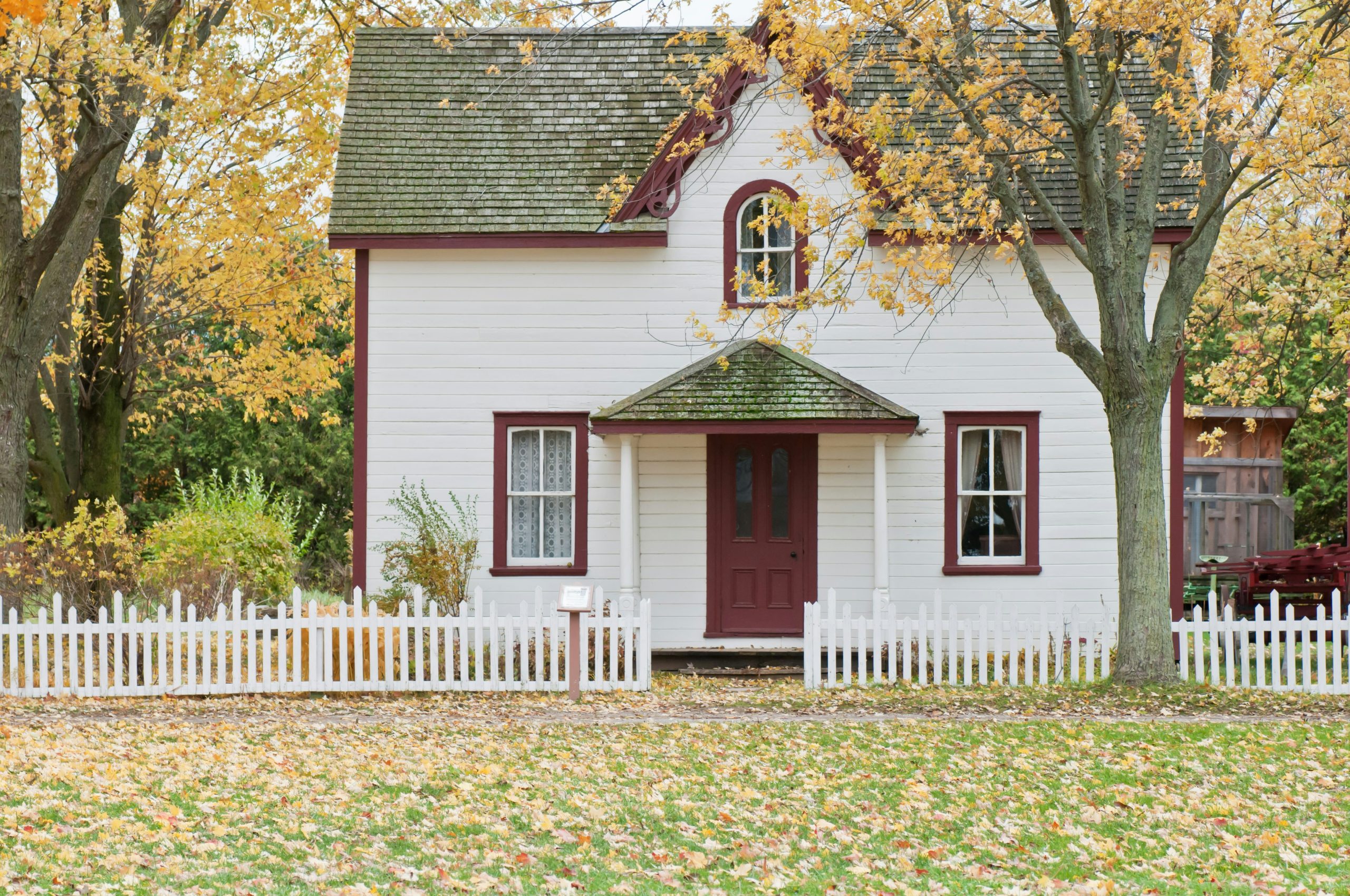Homeowners Insurance in Connecticut
Your home is more than just a building; it’s your family’s foundation and your biggest investment. But are you confident it’s protected against everything from a winter storm to a burst pipe? We provide clear, comprehensive homeowners policies so you can have peace of mind.
Who Needs Homeowners Insurance?
Our homeowners policies are perfect for: First-time homebuyers, growing families, empty-nesters, and anyone who wants to ensure their property is properly protected in Connecticut.
Why Choose Page Insurance for Your Home Policy
- Local Expertise: We understand the specific risks facing Guilford and Shoreline homeowners.
- Independent Agents: We shop multiple carriers to find you the best rate and coverage.
- Personal Service: When you have a question, you call our Guilford office, not a national call center.
What Our Homeowners Policies Cover
- Dwelling Protection: Covers damage to your house itself.
- Personal Property: Protects your furniture, electronics, and belongings.
- Liability Coverage: Protects you if someone is injured on your property.
- Additional Living Expenses: Covers costs if you need to live elsewhere during repairs
How much homeowners insurance do I actually need?
Your Connecticut home is likely your most valuable asset, a place of comfort and security. Protecting it with the right homeowners insurance is one of the most important financial decisions you can make. But navigating policy details, coverage limits, and industry jargon can be confusing.
This is the most common question, and the answer isn’t as simple as your home’s market price. You need enough insurance to cover the
Dwelling Coverage – This is the core of your policy. It covers the structure of your house—the walls, roof, foundation, and built-in appliances. To calculate the right amount, you need to consider current local construction and labor costs in Connecticut, not what you paid for the house. We can help you determine an accurate replacement cost estimate to ensure you aren’t underinsured.
You don’t have to naviaget this alone. Get in touch and we will help guide you.
Is flood damage covered by my standard home policy? (Spoiler: No)
Let’s get straight to the point:
Coastal storm surges River or stream overflow Heavy rain that saturates the ground and seeps into your home
What's the difference between replacement cost and actual cash value?
Understanding this distinction is crucial, as it dramatically affects how much you receive from your insurance company after a claim.
Actual Cash Value (ACV)
ACV pays for the cost to replace your damaged property minus depreciation. Depreciation is the decrease in an item’s value due to age, wear, and tear.
Example: Your 10-year-old roof is destroyed. It costs $20,000 to replace. The insurance company determines it had lost 50% of its value due to age. ACV would only pay you $10,000, leaving you to cover the remaining $10,000 out-of-pocket.
Replacement Cost Value (RCV)
RCV pays the full cost to replace your damaged property with a new item of similar kind and quality, with no deduction for depreciation. This is the coverage you want for your home and your most valuable possessions.
Example: Using the same scenario, RCV would pay the full $20,000 (minus your deductible) to install a brand new roof.
While ACV policies have lower premiums, the savings are often wiped out by the high out-of-pocket costs of a single claim. For true peace of mind, we almost always recommend Replacement Cost Value coverage for both your dwelling and personal property.


